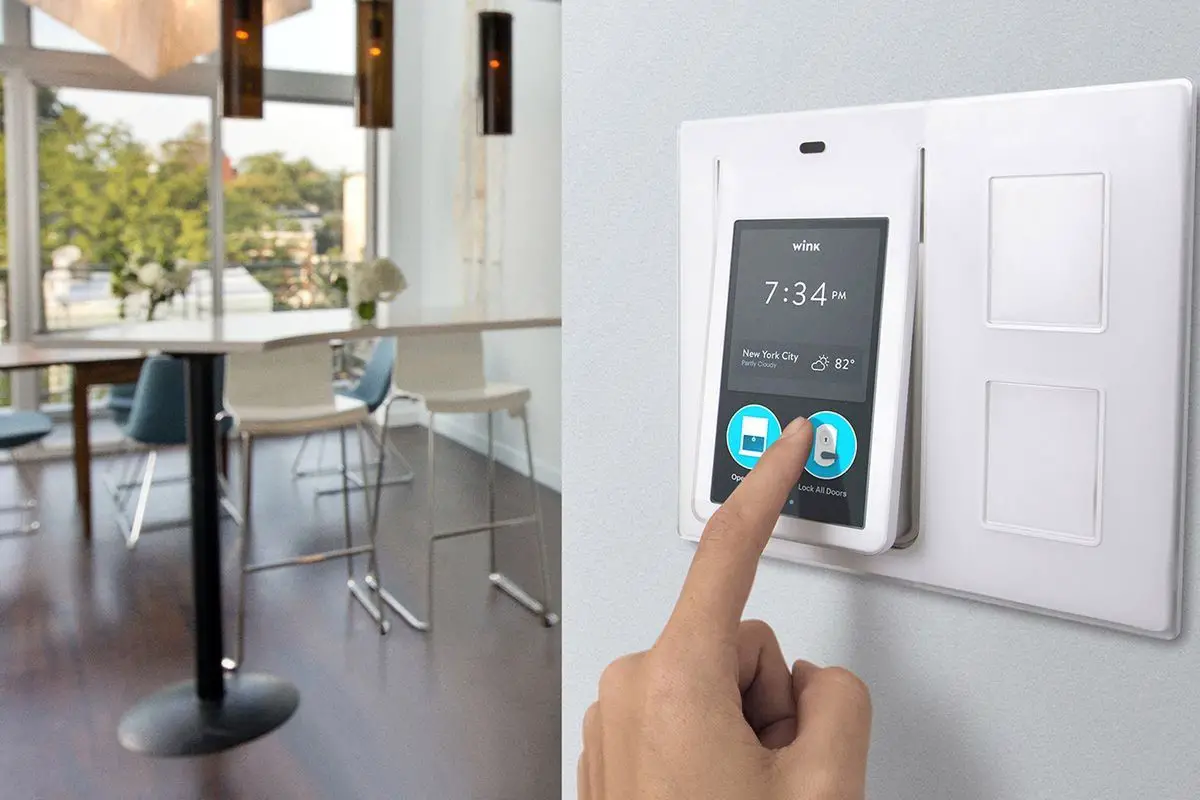Introduction
Home automation used to be simple equipment made by linear actuator manufacturers like TV lifts and security cameras. When technology continued to develop, the actuators were made into more equipment, thus extending their use and range within the home. Actuators as a whole have changed what we can do with home automation since they are longer-lasting and more durable than other motion systems. They can also run quickly and quietly, making them ideal for inclusion in any home.
Lots of people think that the future of home automation will be focused, not on new endeavors, but on making what we have now more inclusive and intuitive. Rather than voice activation, there will be home automation which reacts to our mere presence. Rather than us needing to enter a command for every single automated feature, we can simply set a programme in motion which has several things happening in sequence. This is going to further the goal of making homeowners more comfortable in their own homes.
Connected Technology
Connected technology is what people mean when they talk about having a hub in their homes. These can range from free-standing systems, o systems which are directly incorporated into your home or your mobile phone, but whatever configuration they take, they act as a way of controlling all the home automation which is present in a house, while also allowing the homeowner access to that home automation. This is what allows linear motion systems to receive their orders, or coffee machines to be told when to start working.
Connected technology is also, more prosaically, what allows home automation to be accessed remotely, such as heating or security systems. These systems can be interacted with in a variety of ways, all of which could make things more convenient for the homeowner. Heating can be switched on or off as convenient, while security systems can be monitored from a remote location, and also be switched on and off as needed.
Wearable Technology
Wearable technology is the latest idea in the new wave of technology which connects us to our smart homes and home automation. This technology can give us updates, and receive commands, and it can act in the same way as a mobile device, except with more convenience, as you are very literally connected to them at all times. The wearable technology can also function as a way of triggering certain programmes to start in the home automation, as wearable technology allows home automation to begin to react to your presence, rather than waiting for a specific command to come in from a mobile device or a hub.
Apps
What we now need is an app which can function as a way for our technology to gather the needed information to make the final transition into home automation reacting to our very presence. The idea behind the app is that it would gather information on the habits and preferences of the homeowner, and use them to decide when a particular action should be taken by the house and the automation inside it. Learning that the homeowner is just up would trigger the coffee machine to turn on and make some coffee, while the lack of any stimulus would trigger the lights and heating to go off, and the security system to turn on.











